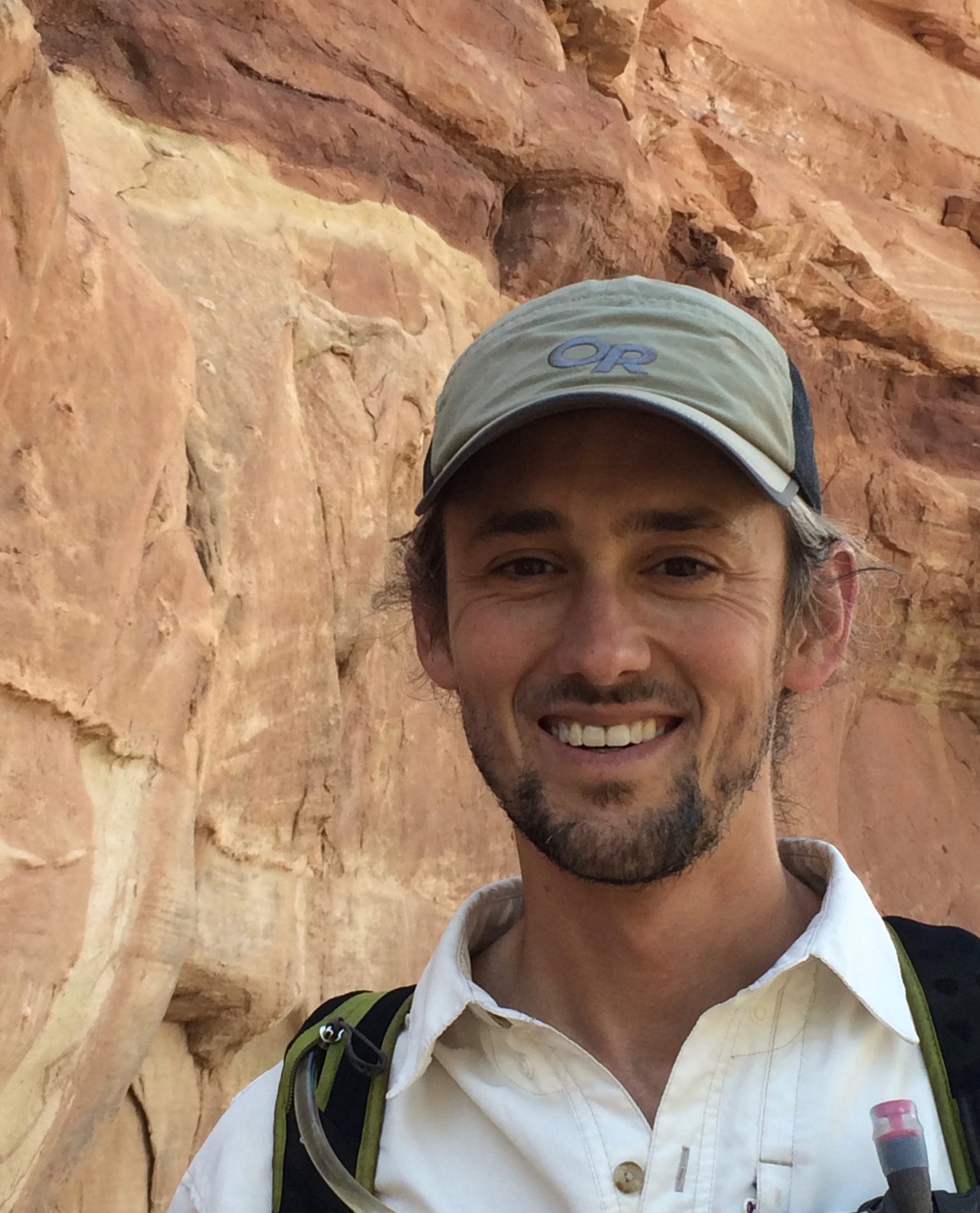Some information may be outdated.
After years of missed deadlines, Rep. Rob Bishop finally introduced his long-delayed Public Lands Initiative (PLI) last week. As anticipated, the PLI fails to provide meaningful protection for Utah’s remarkable landscapes, and divests the American people of their public lands heritage.
In April 2015, after more than a year of public meetings, hearings and field tours, Grand County submitted its official PLI recommendation to Rep. Bishop. This proposal, while not perfect, reflected the culmination of a thoughtful – albeit agonizing – process for the leaders and citizens of Grand County. Among other conservation recommendations, the county took decisive action to put an end to development of the Book Cliffs Highway, supported sensible mineral leasing reform and defended the president’s authority under the Antiquities Act.
In the intervening year – as the State of Utah, industry stakeholders and other county commissioners were undermining meaningful conservation measures and transforming the PLI into an anti-federal, pro-extraction wish list – the silence from Rep. Bishop to Grand County was deafening. The message, however, was clear: Your proposal places too much restriction on energy extraction and is too friendly to the idea of conserving public lands. Therefore, you don’t get a say in the ongoing negotiations.
Not surprisingly, the final PLI reflects this sentiment.
In addition to rolling back existing wilderness protection, establishing bastardized National Conservation Areas (NCAs), increasing motorized and non-motorized recreation, enshrining the Bush-era motorized travel plans, and prioritizing grazing throughout all PLI counties, the bill specifically rolls back cornerstone conservation recommendations submitted by Grand County.
First, the PLI rejects Grand County’s wilderness recommendations in order to advance construction of the Book Cliffs Highway. The bill eliminates wilderness protection for both the Mexico Point and Hideout Canyon wilderness areas, which Grand County purposefully recommended in order to block construction of the highway. While language granting a right-of-way corridor to the State of Utah for construction of the highway was removed from the PLI, this is merely an effort to create the appearance that the PLI is in line with the county’s recommendation. In fact, the PLI would facilitate development of the Book Cliffs Highway.
Second, the PLI would give the School Institutional Trust Lands Administration (SITLA) large blocks of land along state Route 313, on Big Flat from Monitor and Merrimac Buttes to the Green River, and adjacent to the northern boundary of Grand County in the Book Cliffs for tar sands, oil shale, oil and gas development. The consolidated SITLA lands will become sacrifice zones for dirty energy and potash, which will result in significant adverse impacts to climate change and Grand County’s air quality, water quality and quality of life. These areas are valued by Grand County citizens for their recreation and scenic values, as important wildlife habitat and as critical intact ecosystems for the health of the Colorado River watershed.
Third, the PLI gives the State of Utah full authority over all energy development on public lands in the area. This unprecedented move would expedite energy development on public lands and will likely result in the evisceration of any meaningful leasing reform such as the nearly complete Moab Master Leasing Plan (MLP).
Fourth, Rep. Bishop has introduced a companion bill to “complement” the PLI that would remove the president’s authority under the Antiquities Act. This bill is part and parcel with the PLI and falsely gives the appearance of honoring the county’s opposition to an Antiquities Act exemption.
In the coming weeks, Utah’s congressional delegation and supporters will no doubt repeat ad nauseam their talking point about 4.6 million acres of federal land “designated for conservation” in the PLI.
Don’t believe it.
The big acreages proffered by Rep. Bishop are disingenuous, as a hard look at the bill reveals that the PLI double counts acreages where wilderness lies within NCAs, includes wilderness in already-conserved national parks, proposes land “protections” riddled with loopholes and rolls back existing protection for over 100,000 acres of Wilderness Study Areas.
All told, the PLI is an abject failure that would result in significant adverse impacts to the remarkable wildlands of Grand County and greater southern and eastern Utah.
Neal Clark is the Wildlands Program Director with the Southern Utah Wilderness Alliance. He lives in Moab.
Appreciate the coverage? Help keep local news alive.
Chip in to support the Moab Sun News.



